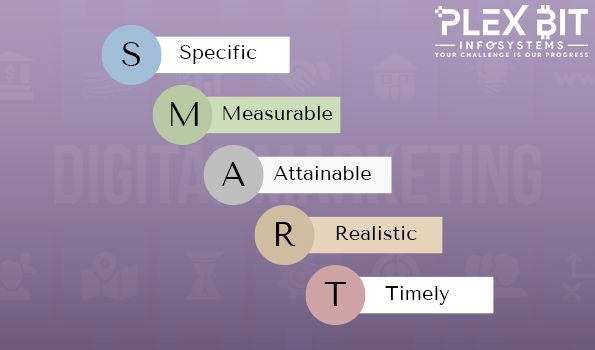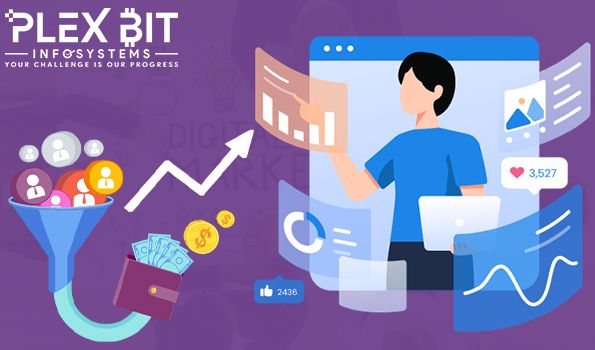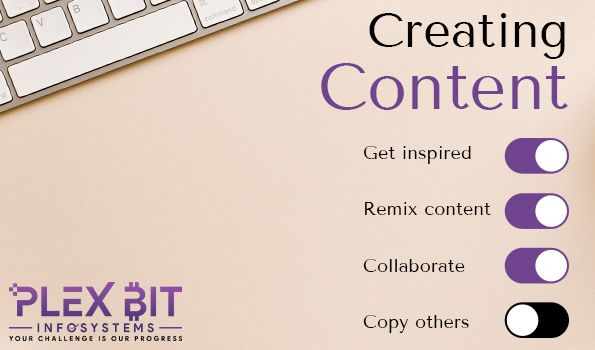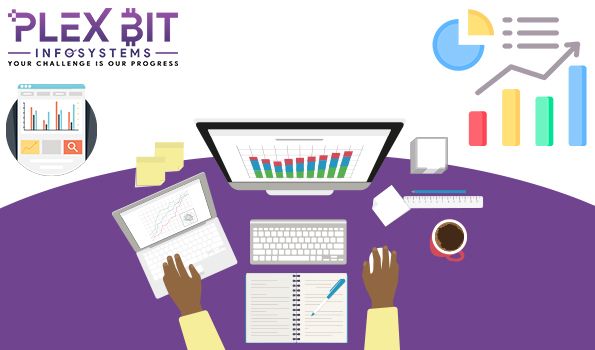
Digital marketing guide for small businesses in Nepal.
Marketing is the process of informing people about what you're selling and how it benefits them. Changing the medium of communication to digital, it becomes digital marketing.
On a deeper level, it is an art of changing the perception of the audience toward your business. How is it done? Repetition is the answer.
AIDA, E. St. Elmo Lewis (1898), was the guy who first introduced this concept. According to him, at least around 17 to 20 repetitions of the brand are needed before consumers take any action. You might ask, why am I telling you this? Because the marketing game always revolves around this premise.
Let's skip forward to 1959 when IBM 1401 was first introduced in Nepal. Fast forward to 2010, that's when I first encountered Facebook. Isn't it strange that it took six years after its establishment? In 2015, I began noticing smartphones in the hands of almost everyone. That was when I had the opportunity to explore Facebook.
When it comes to digital marketing in Nepal, it’s the time after the Covid-19. Downed shutter and doors of shops act as fuel for digital marketing in Nepal. Business owners, small, big and every other started building their social presence. Created Facebook page, website and more. Are you one of those?
If you are not, then consider this as your wake-up call. I'll be guiding you through every step of this digital marketing journey. Just scroll down.
First off, Set your goal.

setting your goal is the first and most crucial step. Your goal is what you are aiming to achieve. Remember the saying ‘direction is important’; this is where it applies.
Goal provides clarity. Clarity gives you what to grab and what to forgo ultimately helping your business reach new heights.. It could be sales, profit, returns—whatever you desire for your business.
Remember this: whenever the term "GOAL" comes up, think of the acronym SMART, which stands for measurable, attainable, realistic, and timely. What I've discovered over the time is that many business owners fail with measurement aspects. To avoid it, expresses your goal in concrete numbers.
Additionally, add one more acronym to the list, PODC: Planning, organizing, decision making and controlling. Focus more on the controlling part, which involves constant monitoring of your progress, where most fail.
Know your competitor.

If you are creating your own market, then you are doing great! If not, you are in the red ocean. There are many industry peers eager to steal your bread or may have already done so.
To achieve that, competitor analysis is a must. To conduct a good analysis, conducting research is essential. List some industry-related keywords off the top of your head, then search for them on browsers or social media platforms.
Also, take a sheet of paper and start listing out their strengths, weaknesses and yours too. Start making comparisons. This gives you a clear picture of your position and also helps you in strategy making to shine in the crowd.
Also, don't forget to list out the reasons that make your product sell to customers. It could be convenience, price, quality or anything else that you need to leverage in future.
Plan your journey.

Marketing plan is an overall blueprint to achieve your goal. It's mental work. It should answer:
- What you aim to achieve (goal)
- By when (time)
- Additional resources required (your time and some funds)
- Along with quality standard
- Also, consider potential hindrances (constraints)
These will provide coverage for your business. Additionally, budgeting as part of planning, can be adjusted since you can run your campaign for free.
Byers persona is another essential that gives you a bird's eye view. It’s an imaginary ideal customer whom you aim to serve. The factors of consideration are: demographics (age, gender, income), location, and most importantly, the pain point which tells you what to cater to them. See? It's starting to become clearer, isn't it?
Pick the right channel.

These are the medium through which you talk to your customer digitally, provide value and tell them what you sell. So these are obvious, social media, website, your content.
In the context of Nepal and for small business, free channels are preferred go-to medium. You can make your own business profile on Facebook or Instagram. Keep this in your mind, these have to be independent business pages not your private account.
For more practical use, If your business revolves around fashion, beauty, food, travel, or lifestyle, Instagram is the best. But most of the time, Facebook works in Nepal..
If you're willing to put in more effort, consider using WhatsApp, Viber, and Messenger to curate personalized messages. These platforms serve as effective email marketing alternatives for Nepal.
Having a website is now a necessity for every business. Don't worry about building it from scratch. Use WordPress—it's super easy and manageable without any technical knowledge. Spend a few hours watching tutorials, and you'll be able to build one yourself. Alternatively, you can hire someone to build it for you.
If your business serves locally, Google My Business is a must. Even if you don't have a website, it can still help you cover the local market. If you're not too busy, don't rush to hire someone to build it for you. A single tutorial on YouTube can help you create a new GMB account. Just remember to be authentic with your business name, phone number, address, and ensure you have quality photos.
Build marketing funnel

The goal of digital marketing is to guide individuals through various stages of the funnel, encouraging them to progress to the next step and enabling them to become customers There are four groups of individuals: those unfamiliar with your business, those who are aware but uncertain, those willing to consider your brand, and those prepared to purchase your product. Marketing funnel helps to identify each of them clearly.
Knowing your customer based on their intent helps you to craft marketing messages clearly. It helps to create a segmented audience. This also makes it easier to target specific groups for discounted sales and determine who you should exclude.
**Start creating content. **

Start creating videos; 2024 is all about video content. Grab your phone, start shooting, and download some free, easy-to-use video editing tools like CapCut to get started with editing. Keep the quality good, competition has pushed the standard to a bit higher nowadays.
Wondering what to create? Here are some ideas: talk about your industry, trends, and educate your audience. Try to make your video authentic and avoid bluffing. Be honest with the audience and also conduct some research before you start.
The aim of video content is to educate, entertain or inspire them. So create content around these. For those who don’t know about your industry and product, make educational content. These turn into boring so add good background music and play with editing.
Easiest way to convince future customers is to show them social proof. Ask to make a video about what they found great about your product and post those on social media, website. This also gives your customers a sense of ownership and increases brand loyalty.
Study analytics and act accordingly

Engagement on social media serves as easy-to-understand metrics. It's all about likes, shares, and comments, with the aim of keeping the sharing at the highest level of engagement.
So, what's the purpose of monitoring and analytics? Simply put, it shows you what kind of content you need to push in the future. At its core, content is what strengthens the relationship with your audience.
Then, there are deeper level analytics tools like Facebook Insights, Google Analytics, and Search Console for websites. These are considered more advanced, but engagement covers the basics.
Keep in mind it’s a long run process. Keep maintaining a digital presence. Great things take time.
